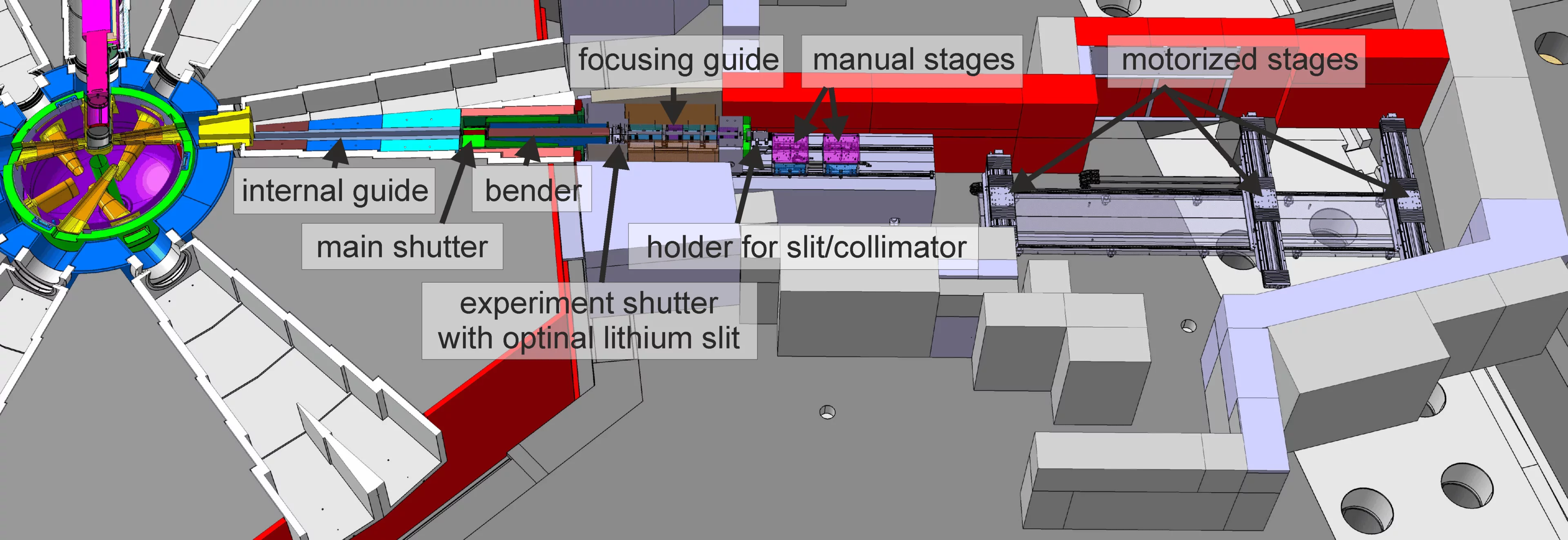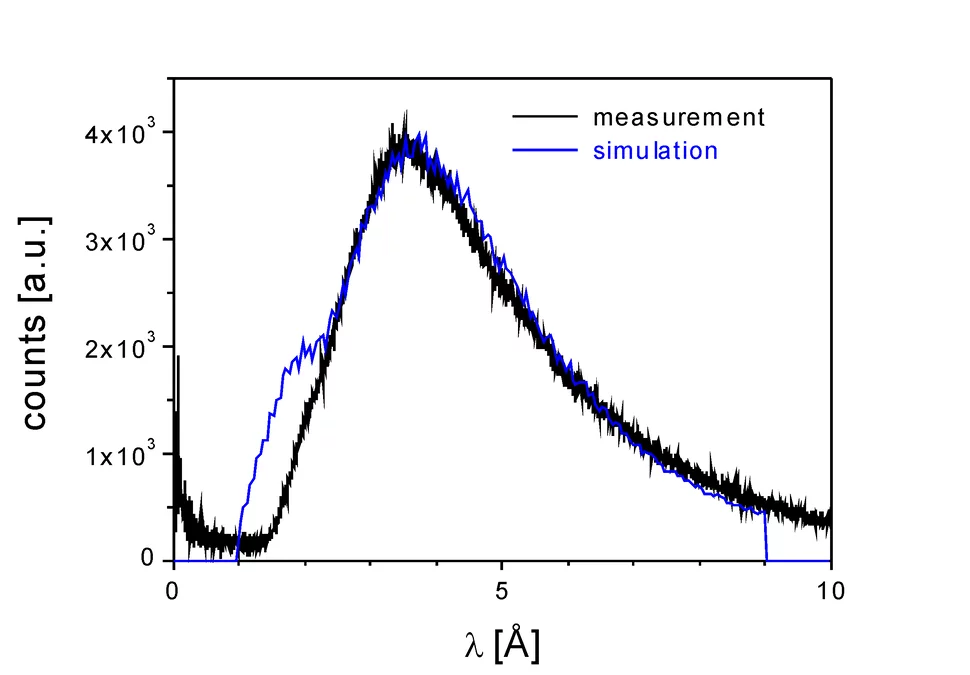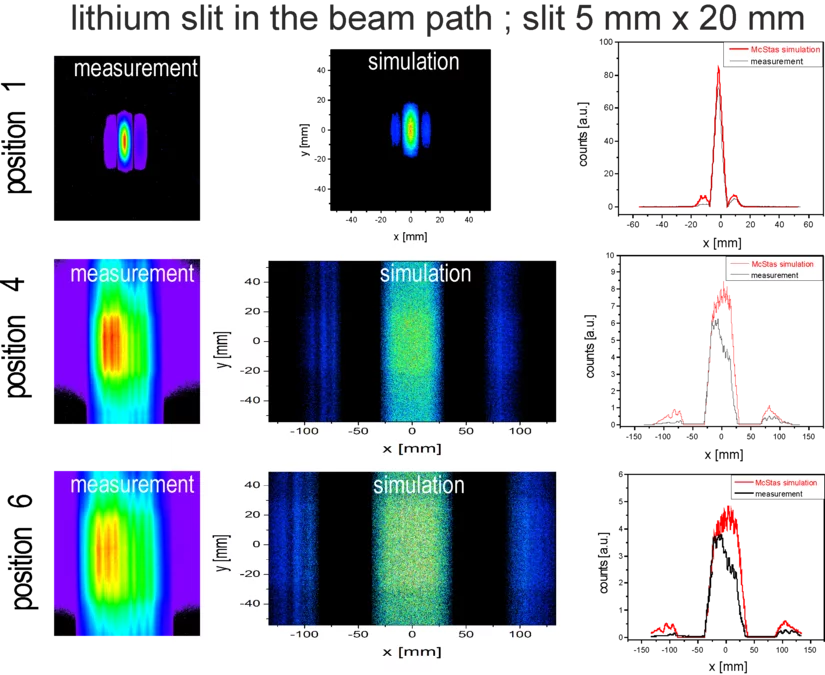The operation of the new multi-purpose neutron beamline BOA (Beamline for neutron Optics and other Approaches) has started successfully in May 2011.This new beamline is a redesign of the former FUNSPIN beamline. BOA is an 18 m long instrument located at the beam channel 51 looking on the SINQ cold source. The primary polarization element (polarizing bender) of the former design was kept because research with polarized neutrons is of key interest in the neutron scattering community. The position of BOA close to the cold source is crucial for the performance of the instrument: the measured polarized flux is around 1x108n cm-2 s-1 mA-1. The secondary instrument consists of a highly flexible geometry. It is equipped with three rotating axes with flexible translation tables and several aperture units. The maximum available free space is around 12 m, which allows new experiments presently not possible at SINQ. An area sensitive CCD camera system and optionally an He-3 neutron counter are available for the data acquisition.
Download Overview BOA as PDF
Beamline Layout
- internal guide : rectangular linear guide
- l= 2.7 m, w = 0.08m , h = 0.15 m , m=3.3
- polarizing bender : 1.6 m long: 4 sections of 0.4 m
- bending radius : 50 m (nominal 1.83 degree total )
- mirrors of m = 3.3 (1st section)
- mirrors of m = 2 (2nd 3rd 4th section)
- magnetic field of 300 gauss with permanent magnets at top and button
- linear horizontal focusing guide of m = 2 with magnetic guiding field (100 gauss):
- entrance : w = 0.051m , h = 0.15 m
- exit : w = 0.04 m , h = 0.15 m
- holder for slit and collimator with magnetic guiding field: around 60 gauss (permanent magnets at top and button)
- primary instrument : 2 manual stages (x)
- secondary instrument : 10 motorized linear stages (x and y)
- 1 motorized linear z-stage
- 5 rotation stage s
- 1 goniometer with 2 axes
- 3 slit wheels: manual movement, different rectangular slits and pinholes (made of 10B-Aluminium)
- 3 rectangular motorized slits
- 1 He3 – counter
- 1 CCD-detector system: Andor IKON M with 50mm objective (1024x1024 Pixel)
- 3 different 6LiF scintillator are available (50 ,100 and 200 μm)
- beamline control software: NICOS, SICS, CCD-system was implemented by M. Könnecke
- Beam divergence: 45' vertical and horizontal
Wavelength Spectrum
The wavelength spectrum was measured with a chopper system shown in the scheme. The slits in the beam path and in front of the detector were necessary to reduce the intensity to a level where the MCA of the detector delivered a correct spectrum. The measured spectrum is cold and has a maximum at 3.5 Angstrom. All the higher energies are eliminated by the optics of the beamline.
The McStas simulation for this set up delivered also a cold spectrum with a maximum at slightly longer wavelength, which can be explained by the air absorption in the measurement.
Beam Profiles
The beam profiles have been measured with different combinations of the lithium slit at the entrance and a slit at the exit of the focusing guide. If the second slit becomes small it acts like a pinhole as was observed in the example below. The McStas simulations reproduce the peak positions well. The intensity mismatch is due to some unknown behavior in the beam path not included in the simulations.
CCD imaging parameters
These parameters depend on many factors like lens type, camera, scintillator etc. Below only some combinations are provided. If the conditions for your specific need are not listed, please contact the beamline staff.
| Camera box | Field of view [mm] | Nominal pixe size [mm] |
|---|---|---|
| Micro | 27.5 x 27.5 | 0.0135 |
| Midi | 150 x 150 | 0.024 - 0.058 |
Beam Flux
The absolute flux was derived by the measurements of the residual activity of a gold foil considering an average value, over the measured spectrum, of the Au cross-section of σAu=313b. Au foils have been exposed to the beam at three different positions in the beamline: the neutron exit, measuring position A and measuring position B. The distances are measured from the cold moderator surface. For all these measurements, a 40×40 mm2 aperture was used.
| Position | Distance (m) | Flux (n cm−2 s−1 mA−1) |
| Neutron exit | 7.6 | 1.21×108 |
| Measuring pos. A | 13.1 | 2.71×107 |
| Measuring pos. B | 16.5 | 4.42×106 |




